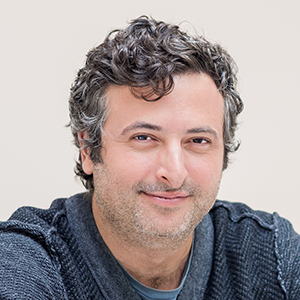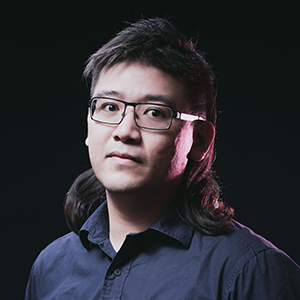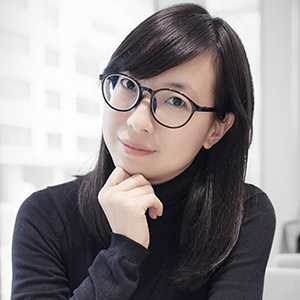-
 Andy Goodman
BCG Digital Ventures
VP Experience Design
Andy Goodman
BCG Digital Ventures
VP Experience Design
Service design pioneer, global design leader, writer and speaker at TED, SxSW, O'Reilly, DMI. Mobile, Banking, Telco, Emerging Technology. Leads team of top designers creating new products & companies.
Zero UI
For better or worse, a large amount of design work these days is visual. That makes sense, since the most essential products we interact with have screens. But as the internet of things surrounds us with devices that can hear our words, anticipate our needs, and sense our gestures, what does that mean for the future of design, especially as those screens go away?
In this talk I want to share my thoughts on what I thinks the new paradigm of design will be like when our interfaces are no longer constrained by screens, and instead turn to haptic, automated, and ambient interfaces. I calls it Zero UI.
Zero UI isn’t really a new idea. If you’ve ever used an Amazon Echo, changed a channel by waving at a Microsoft Kinect, or setup a Nest thermostat, you’ve already used a device that could be considered part of my Zero UI thinking. It’s all about getting away from the touchscreen, and interfacing with the devices around us in more natural ways: haptics, computer vision, voice control, and artificial intelligence. Zero UI is the design component of all these technologies, as they pertain to what we call the internet of things.
Zero UI represents a whole new dimension for designers to wrestle with. Literally. I likens the designer’s leap from UI to Zero UI as similar to what happens in the novella Flatland: instead of just designing for two-dimensions–i.e. what a user is trying to do right now in a linear, predictable workflow–designers need to think about what a user is trying to do right now in any possible workflow.
1. Learning about emerging technology trends
2. Engaging with what it means to design for this new wave of plaforms
3. Addressing the social concerns of an increasingly digitised world
-
 Design fiction - natural gestures trigger interactions
Design fiction - natural gestures trigger interactions
-
 Design Fiction - Embedded OLED screens in skin provide social media updates
Design Fiction - Embedded OLED screens in skin provide social media updates
-
 Design fiction - memory recorder helps deal with Alzheimers and Depression in elderly
Design fiction - memory recorder helps deal with Alzheimers and Depression in elderly
-
 Design fiction of automatically modulated coffee production based on dopamine response in brain.
Design fiction of automatically modulated coffee production based on dopamine response in brain.












